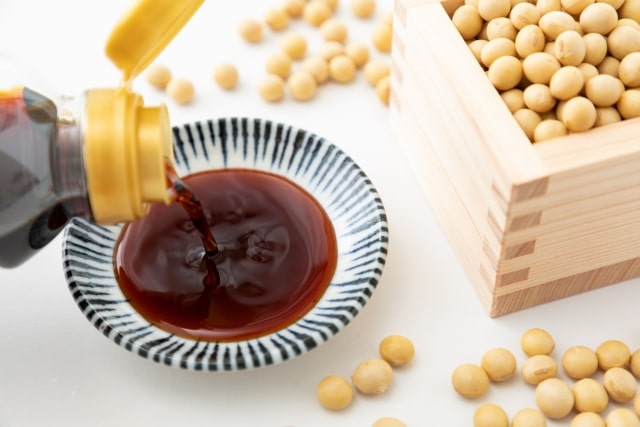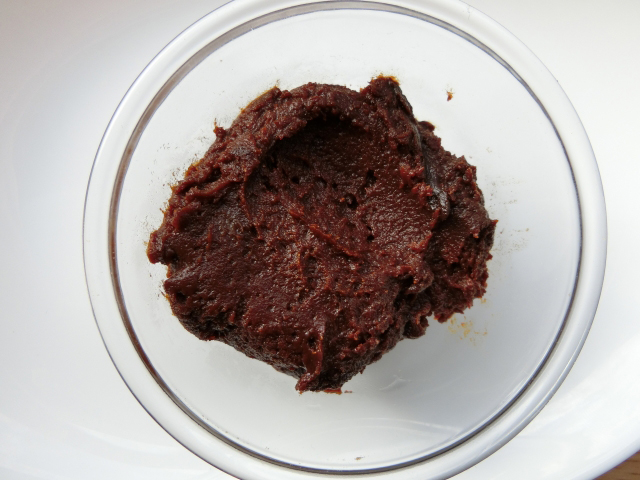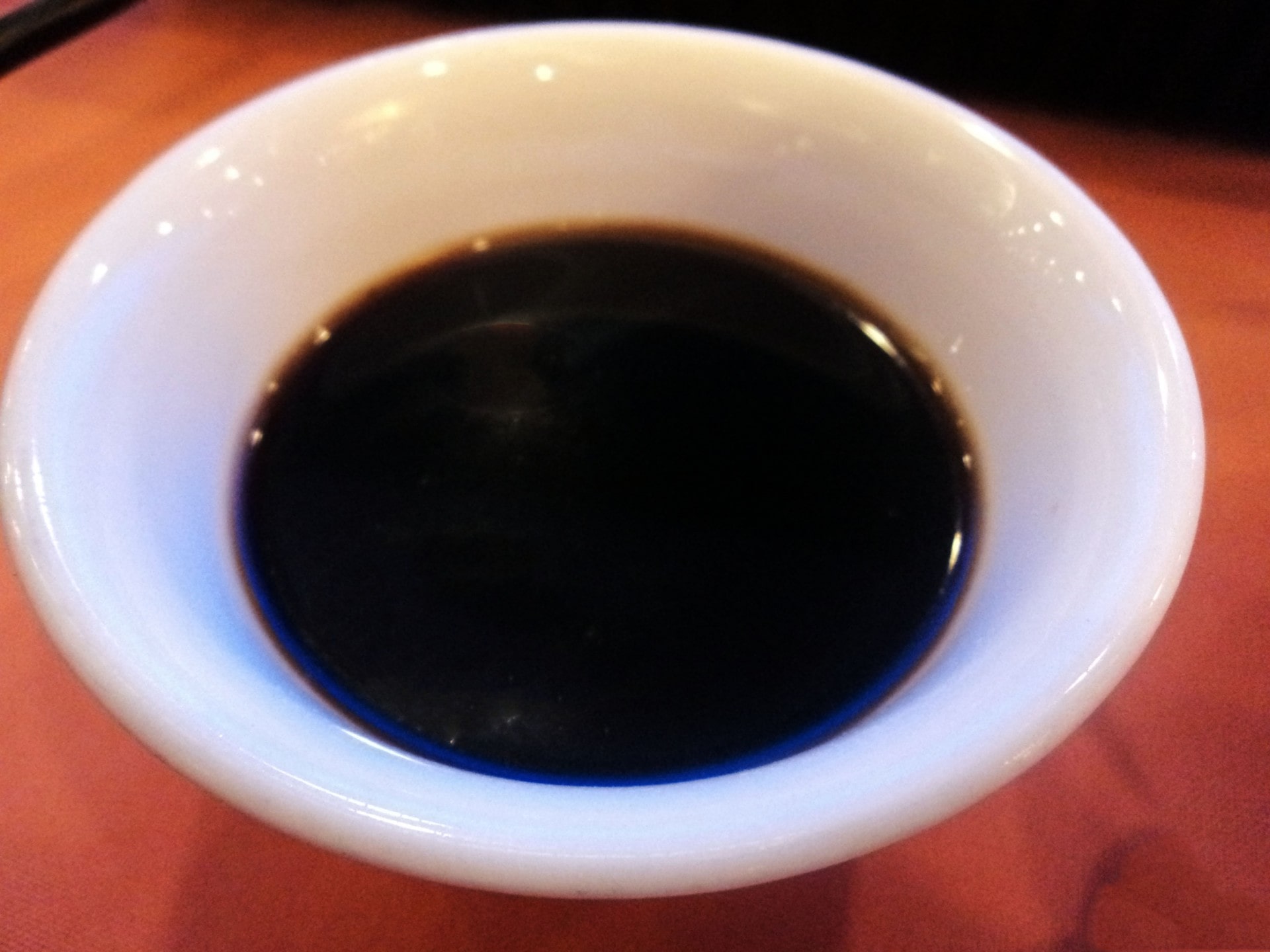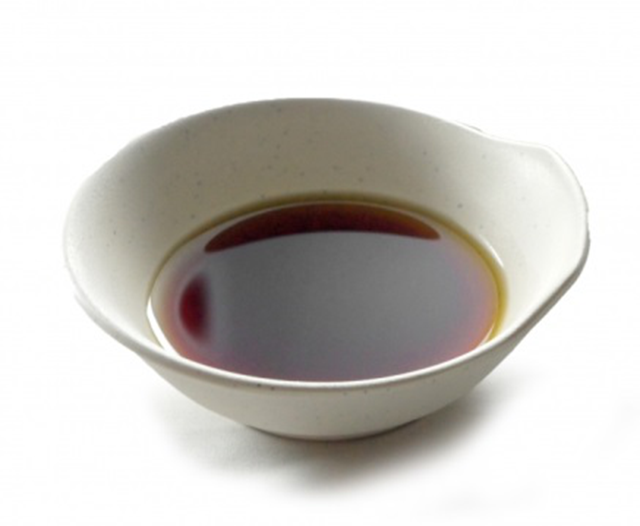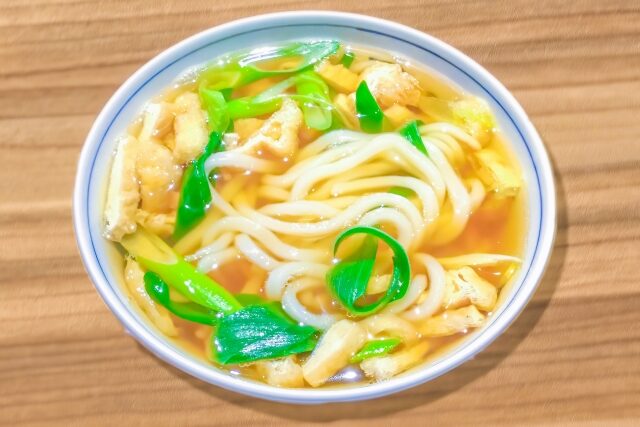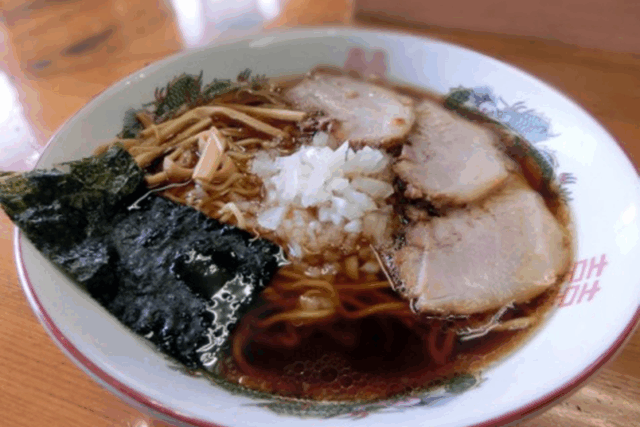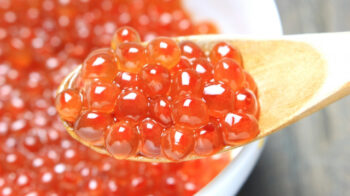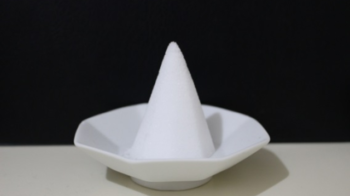Classification (Soy Sauce)
Welcome to the world of Classification (Soy sauce)
There are various types in Soy sauce and roughly speaking, they can be divided into 5 types :
a) Tamari, b)Koikuchi, c) Usukuchi, d) Sai-shikomi, e) Shiro (white).
Let’s learn about the history and production method of each type.
Below is the contents of this page.
a) Tamari
According to the widely accepted story, the origin of soy sauce was a juice accumulated in Miso barrels and the same type of soy sauce still exists.
It’s Tamari.
Tamari literally means accumulate.
Following its origin, it is made only from soybeans.
But recently, some wheat (usually about 10% of the total amount) is often added to gain a flavor.
b) Koikuchi
Later, in the 16th century, soy sauce of the current style was established in the Kinki district (Kansai).
This is what we call Koikuchi.
Literally, Koikuchi means strong (thick) flavour.
Production method
- mix cooked soybeans and broken wheat (the amount of these two is the same)
- add Koji-bacteria to make Koji
- add salt water and make it ferment
- after fermented enough, extract the juice from above 3).
This juice is what we call ‘Nama Shoyu‘ (raw soy sauce).
Recently, it has become itself a selling product. - heat above 4) for sterilization, color adjustment, obtaining aroma etc.
c) Usukuchi
Literally, Ushukuchi means light (thin) flavour.
As you can see, the Koikuchi has a dark color and the chefs who placed great value on the appearance of their cuisine didn’t like this color.
Always, necessity is the mother of invention.
Their passion to seek the lighter colour in soy sauce made Usukuchi born in Hyogo prefecture (Kansai).
Production method
It is almost the same as above Koikuchi.
But the fermentation period is shorter to avoid gaining dark color.
For this reason, it requires more salt than Koikuchi to finish the fermentation during limited period.
Frequently, sweet-sake (Mirin)* or syrup is added at the end of this process to cover strong saltness.
Sweet sake (Mirin)
Although it’s confusing, this sweet- sake (Mirin) is different from Amazake which I introduced as a nutritious drink.
Mirin is as transparent as Sake and we use it mainly as a seasoning.
Kansai and Kanto
At the beginning of the 17th century, Edo (today’s Tokyo) became a center of politics and its population began to increase.
Since Edo (Tokyo) faces the sea, people there ate a lot of fish and to mask its smell, they needed a large quantity of Soy sauce.
At first, as well as Sake, they acquired them from Kansai.
But later, a new type of Koikuchi was born in the suburbs of Edo (Kanto) based on the preference of Edo people.
In fact, this soy sauce is much thicker than its predecessors and goes well with Sashimi which became popular among wealthy people at that time.
Since then, the difference between the Kansai (West) and the Kanto (East), especially in food culture, has become more and more clear.
For the stories about the difference between them, visit here
⇒Kansai and Kanto
Kanji
Kanji for Koi-kuchi is 濃口
On the other hand, Kanji for Usu-kuchi is 淡口
Both finish with kuchi 口 which means mouth in Japanese.
Since we take foods from mouth, 口 is widely used in the words related to foods.
In 濃口 and 淡口, 口 means flavour.
Incidentally, 濃 means strong or thick, whereas 淡 means light or thin.
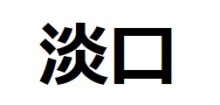
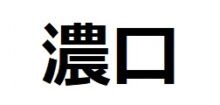
d) Saishikomi
In the past, people were always seeking something sweet (amai) In the past, people were always seeking something sweet (amai) and finally, they found that fermentation increases the sweetness (Amami).
Thus, a new method called Saishikomi was born in Yanai (Yamaguchi prefecture) at the end of the 17th century.
In this method, raw Soy sauce (Nama Shoyu) gained in the production process of Koikuchi is indispensable.
By using the Nama- Shoyu as an ingredient, fermentation repeats itself almost twice.
That is why we call it “Sai-shikomi” which literally means “repeated fermentation”.
e) Shiro (white)
As I mentioned in the part of b)Usukuchi, some chefs were always seeking more and more light colour in soy sauce.
Thus, at the beginning of the 19th century, the one whiter than Usukuchi was born in Hekinan (Aichi prefecture).
Its name is “Shiro Shoyu” which means white Shoyu.
Different from other types, the main ingredient of Shiro (white) is wheat and only a small portion of broken soybeans are added.
Because soybeans can cause the dark color represented by Koikuchi.
As well as Usukuchi, the fermentation period is shorter than others.

